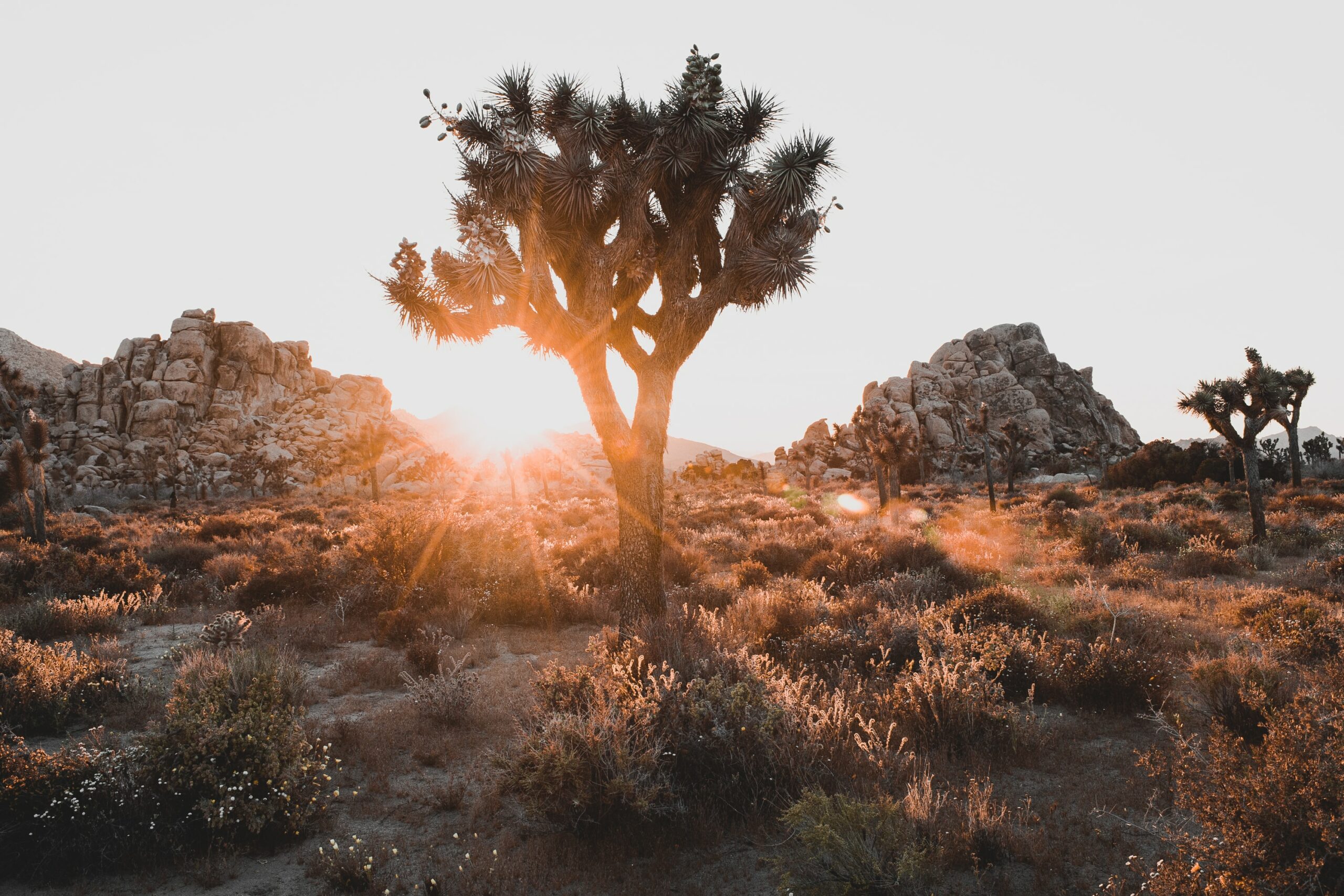Little Known Facts About Joshua Tree National Park
03/08/23As soon as you lay eyes on those distinctly tall twisted plants dotting the area, you know you’re in a special place. With its ethereal landscape, Joshua Tree National Park combines two desert ecosystems. Plant life abounds, with numerous species of cacti, paired with unique wildlife that have adapted to the rugged water-sparse environment.
With unique rock formations, amazing diversity, primitive wilderness, and natural riches, Joshua Tree is truly a mecca for nature lovers. Discover 10 extraordinary, little-known facts about this amazing place.

The Vast Majority of Joshua Tree NP is Designated Wilderness
A public law act in 1976 created nearly 430,000 acres of wilderness designated as a national monument. About 20 years later, the California Desert Protection Act changed the area from a monument to a national park and added another 164,000 acres for good measure. Today, about 85% of the park’s current 792,623 acres is designated wilderness and protected under the law.
57 Species of Mammal Call Joshua Tree NP Their Home
This includes 46 species of reptile, 250 bird species, and 75 species of butterfly. That’s a lot of wildlife! Yet they face many obstacles for survival in the harsh environment. Extreme temperatures paired with a general lack of food and water have forced many of these species to adapt accordingly. Many mammals here are small and burrow into the ground or take refuge in rock crevices to escape the extreme temperatures of the day.
Take the round-tailed ground squirrel, for example. They are known to enter a state of dormancy when the days become too hot or dry, and then go into hibernation during the winter months. Then there is the Kangaroo rat, who have developed very efficient kidneys so they don’t need much water to survive.
750 Species of Plant Occupy the Park
This is the number of documented species of plants that have been recorded in the park. It represents 12% of native California flora and 33% of the taxa within the state’s desert region. An impressive 44 rare plant species are here, many of which are threatened by things like off-road vehicles, mining, and urbanization. For example, the Parish’s daily (Erigeron parishii) is a perennial herb native to California and is federally listed as a threatened species.
The Joshua Tree Isn’t Really a Tree
Even though it looks like a tree (sort of), The Joshua Tree is actually a species of yucca, which is in the same subgroup as orchids and flowering grasses. They grow very slowly, just 1 – 3 inches per year, which gives them an average life span of 150 years. Joshua Trees became the first plant to be protected under California’s Endangered Species Act in 2020 due to the threat of climate change.
You Can Hike Two Distinct Deserts
Positioned nicely along the area where the Mohave Desert meets the Colorado Desert, Joshua Tree NP enjoys two separate ecosystems that differ greatly in both elevation and appearance. The low Colorado Desert occupies the gently sloping eastern side of the park, while on higher ground, the Mojave Desert lies in the park’s sandy western half and this is where the mighty Joshua Tree thrive.
Joshua Tree is an International Dark Sky Park
Dark sky parks have become a bit of a buzzword these days as people seek out more natural spaces that are not polluted by artificial light. The area is one of the darkest in California, which offers epic opportunities to view the Milky Way on a clear night. That said, high levels of light pollution do threaten from nearby Los Angeles, Las Vegas, and the Coachella Valley. So, to help protect against this, Joshua Three was designated an International Dark Sky Park by the International Dark Sky Association to help manage and preserve the nighttime environment.
Humans of Occupied Joshua Tree NP for Millenia
The first known group of Indigenous people to occupy what is now the park once lived here between four and eight thousand years ago. This included the Serrano, the Cahuilla and Chemehuevi Indigenous peoples, and later groups of cattlemen by the 1800s. Later, homesteaders began to occupy the land, building cabins and digging wells, as well as planting crops.
A Former Socialite is Responsible for the Park’s Existence
Mississippi-born Minerva Hoyt moved with her husband to California back in the 1890s. One of her passions was gardening, and she formed the International Deserts Conservation League in 1930, teaming with the president of Mexico to establish a cactus reserve near Tehuacan. She spent years campaigning to create a federally-protected area to preserve Californian plants, and consulted with both President Hoover and President Roosevelt until Joshua Tree National Monument became a reality in 1936.
